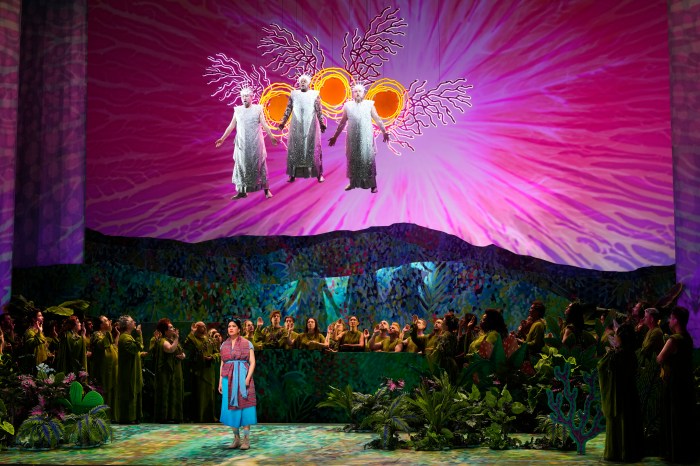To be British and to write a book about Monty Python is like being American and writing a book about, say, Elvis Presley. You’re dealing with widely beloved artists, catalogs of work that fanatics know down to the minute details and a library of critical analysis already written.
“I’m slightly anxious, waiting to see the Amazon reviews,” Adrian Besley, author of “Monty Python’s Flying Circus: Hidden Treasures,” says. “‘Of course, you got something on page 73 slightly wrong! They didn’t say that, they said this!’”
amNewYork caught up with Besley in advance of the book’s release to talk about the Python story and how the troupe’s legacy has survived the passage of time.
You got unique access to the Python archives to put this together. What was the most interesting item you found?There’s a famous censored sketch that hadn’t been broadcast. It’s like wine tasting, but urine. It’s silly, and John Cleese never liked it anyway, and was quite happy when the BBC said they didn’t want it in there. … When I found it, that’s — I don’t want to say the Holy Grail of course —- but if you read any histories about Python that have been written, they mention this sketch, and I know there is a website that has some quotations from it, but it’s never been in the books or anything like this. It was quite a big point in their history, in their relationship with the BBC, and that split with John Cleese. It was quite a crucial moment, and to find it, that was the “that’s it! I’ve got it!” moment.
“Monty Python’s Flying Circus” first aired in 1969. How has the group stayed relevant for this long?I was slightly too young for the first two or three series of “Flying Circus.” My brother, who was a couple of years older than me, had the record. I grew to love them through the record, funny enough. It was only when they repeated the series that I got to see them as they originally were. … Then they came back with the films, and then the live shows. They have these waves of success that always seems to keep them in the public eye. There’s an older generation that will always treasure them for what they meant. I don’t think it’s unfair to say that they were a national treasure.
What part of the Python story intrigues you?The bit I find fascinating [is] the early story. In some of the scripts I found, they hadn’t come up with the “Monty Python’s Flying Circus” title. They were still going on with this football forward line, “Bunn, Wackett, Buzzard, Stubble and Boot.” It was a football forward line from a sketch that John Cleese had written. And some of the sketches I found still have that as the title, instead of “Monty Python’s Flying Circus.” And that story of how things developed, that they didn’t know how this was all going to pan out, they were just a group of young blokes who came together in a strange way … that’s the bit I find fascinating.
“Monty Python’s Flying Circus: Hidden Treasures” is now available in bookstores.

















